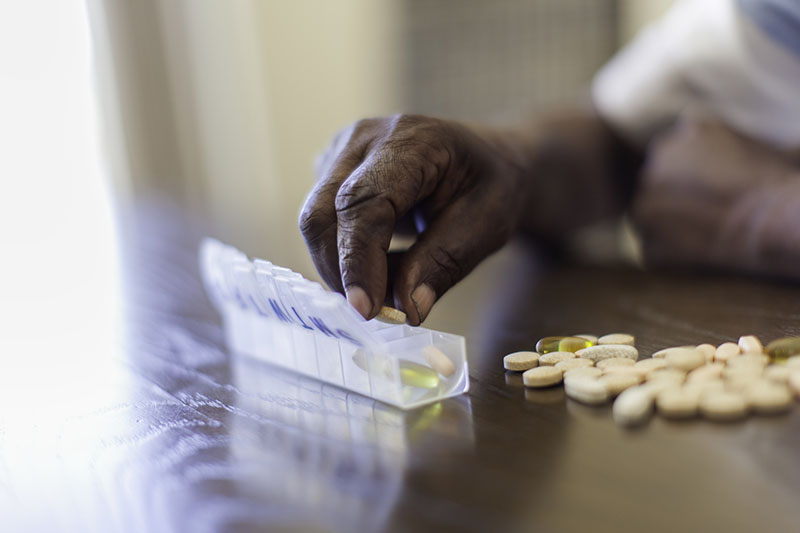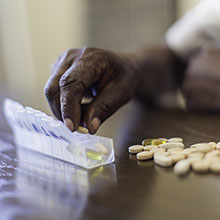Rise in drug-resistant HIV
The World Health Organization (WHO) publishes its HIV drug resistance report 2019, shining a light on the emerging threat of HIV drug resistance (HIVDR) to the global scale-up of treatment access, particularly in sub-Saharan Africa and other low- and middle-income countries.
The report finds that levels of resistance to efavirenz and nevirapine, two of the main drugs used in HIV treatment, among adults initiating first-line antiretroviral therapy (ART) exceeded 10% in 12 of 18 countries in Africa, Asia and the Americas reporting to the WHO between 2014 and 2018. Within these countries, levels of resistance were nearly twice as high among women as men.
It also reveals particularly high rates of pre-treatment HIVDR in infants in sub-Saharan Africa, based on survey data from nine countries between 2012 and 2018. About one-half of newly diagnosed infants in these countries had a form of drug-resistant HIV during this period.
In response, the WHO recommends that countries use dolutegravir, where HIVDR is already prevalent, as the preferred drug for HIV treatment because of its effectiveness and high barrier to resistance.

